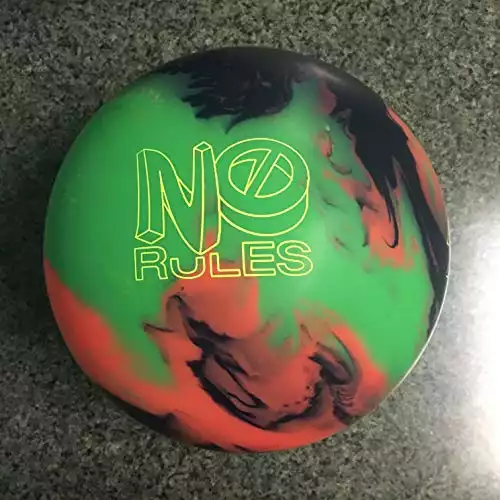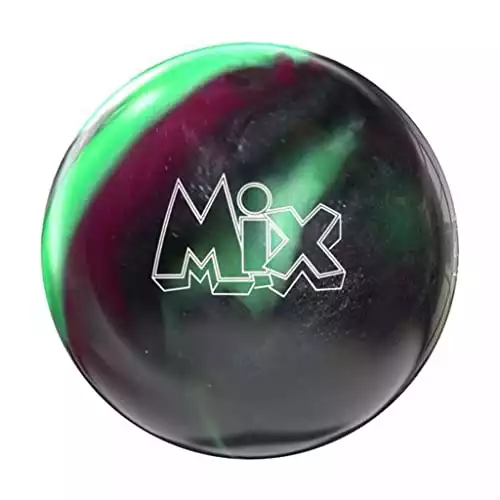
Sorting through bowling patterns is daunting for those who aren’t fully accustomed to the sport. Forward oil, reverse oil, and other oil pattern terms and nuances can quickly become frustrating.
What’s more, is, there aren’t many oil pattern resources tailored to beginners on the interwebs at the time of this writing. We're discussing the Broadway oil pattern, but first, let's start from the beginning. If you’re wondering what an oil pattern is, we’ve got you covered.
When someone uses the term “oil pattern” or “bowling pattern,” they are referring to how the lane is oiled. But it’s not as simple as you think. The lanes are coated with an invisible oil, systematically to make it easier or harder to rack up points.
There are several types of oil patterns and the Professional Bowler’s Association (PBA) and Kegel (the leading manufacturer of bowling lane oil) have created many of them. Oil patterns range in difficulty from easy or recreational to difficult.
The beginner-level oil patterns don’t have too much variation in oil volume, while the sport patterns boast obstacles that can throw even the most seasoned pros off their game.
One thing that everyone should know about oil patterns is that the oilier a section of the lane is, the less your ball will hook. Conversely, the drier a lane section is, the more a ball will hook.
Contents
Broadway Oil Pattern: What Is It?
The Broadway oil pattern is part of the Kegel Challenge series and is considered to be a medium-difficulty pattern. It has two versions: V1 and V2, and we’ll go over both of them in this section.
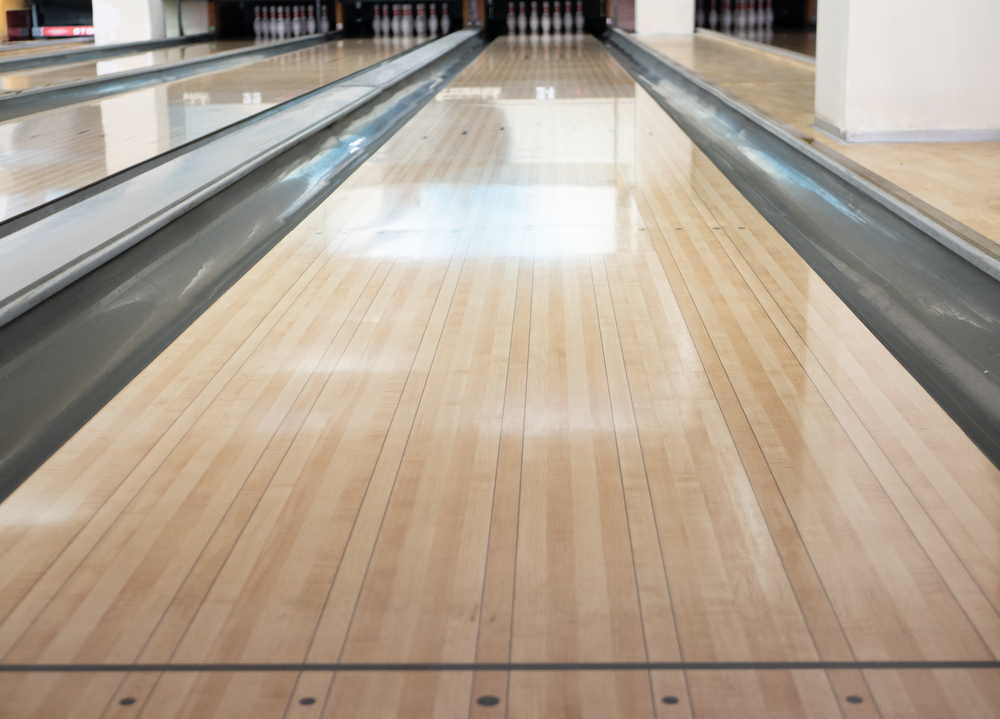
Broadway Oil Pattern - V1
Version 1 of the Broadway oil pattern is 37 feet long in total, which is considered medium-length. It has a total oil volume of 23.25 ml, with 11 ml of it being forward oil and 12.25 ml being reverse oil.
The pattern has an interesting arrangement - combined oil (both forward and reverse oil) up the middle from the foul line to the 17-foot mark, and reverse oil from the 17-foot mark to the 31-foot mark.
There’s also reverse oil on the sides of the pattern from the foul line to the 14-foot mark). The remainder of the pattern is buffed out.

Broadway Oil Pattern - V2
Version 2 of the Broadway oil pattern is a bit more volatile than version 1. It’s also a 37-foot pattern, but the similarities end there. It uses a total oil volume of 26.45 ml, with 15.7 ml forward oil and 10.75 ml reverse oil.
The pattern has the same staggered quality that you’ll see in version 1. It’s got combined oil up the middle from the foul line to the 22-foot mark and reverse oil up to the 31-foot mark.
There’s forward oil on the sides of the lane from the foul line to the 5-foot mark. The remainder of the pattern is buffed out.
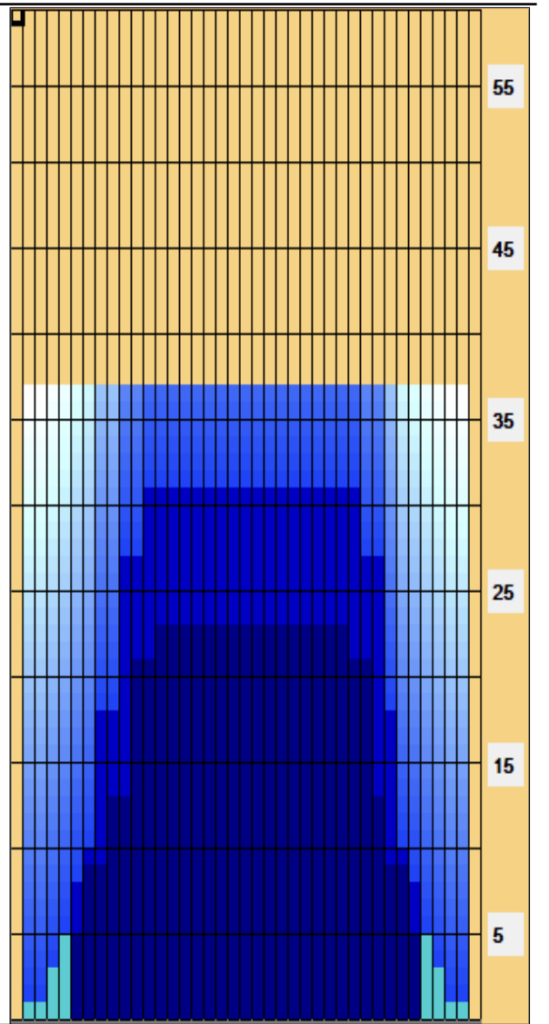
How the Broadway Oil Pattern Affects Your Bowling Ball
The Broadway oil pattern is not the most straightforward pattern to bowl on, but it’s also not the hardest. If you’re a straight bowler, you don’t have to worry too much about the lane conditions with this pattern.
The oil is concentrated up the middle of the lane, which helps to prevent your ball from moving to the outside. This means that your probability of getting a gutter ball on this pattern is relatively low - especially with version 1. Version 2 leaves you a little more open on the sides.
But if you don’t bowl straight, this is where the issues come in. Since the pattern is oil-heavy, you could have trouble getting your ball to hook the way you usually would. But when the ball moves out of that oil, you’ll get that movement that you want.
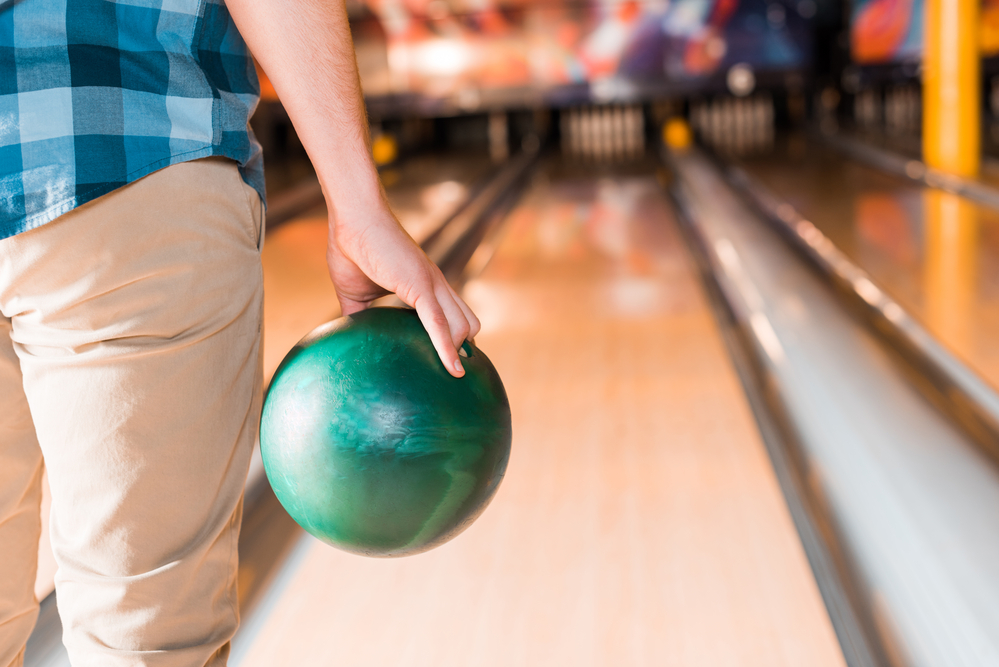
How to Play on the Broadway Oil Pattern
For beginners who decide to bowl on the Broadway oil pattern, the way to play is to bowl as straight as possible. Only after your ball gets past the initial oil slick will it begin to veer off course. But if your throw is straight enough (and you put enough power behind it), the ball will continue towards your intended target.
For avid bowlers or beginners who are starting to experiment with hooking, the rule of 31 comes into play. It’s a way to calculate the ideal breakpoint to get your ball into pocket. Your breakpoint refers to the point at which your ball stops going straight and begins to hook toward the pins.
To calculate it, you’ll subtract 31 from the length of the lane. The answer will be the board you should target as your breakpoint. For the Broadway oil pattern, you’ll subtract 31 from 37. Your breakpoint will be at the 6th board.
Now that you know what your breakpoint should be, you’ll experiment until you get there. Start by throwing your ball from the middle of the lane and move towards either side as needed to get your ball to break at board 6.
Note: As you play on the Broadway oil pattern, or any other pattern at all, the oil will begin to move around. And as that happens, you’ll need to change your tactics to find your sweet spot.
Which Ball Should I Use on the Broadway Oil Pattern?
Your ball has a significant impact on how your games go on the Broadway oil pattern. If you plan on hooking the ball, don’t do so with a plastic ball - on either version of the pattern, it won’t give you enough hook potential.
Opt instead for a urethane or reactive ball; either will have enough hook potential to get into pocket after exiting that heavy oil.
Of course, if you’re not yet ready to hook your shots, you can go with a plastic ball. But if you want to score highly, you will likely need to curve or hook the ball at some point.
Professional bowlers often keep multiple balls in their bags to account for changing lane conditions and spares.
Is the Broadway Oil Pattern for Beginners?
Are you a beginner who wants to give the Broadway oil pattern a try? We caution you to get the basics down before bowling on this pattern, especially if you want to get into the pocket with hooks.
Adaptation is key when playing on patterns like this one, and if you don’t have control over your ball, it’ll show in your score. But, of course, no one can stop you from bowling on this pattern - just know that you probably won’t do well, at least the first time around.
Some may even take dozens of games to get used to the lane and find success.
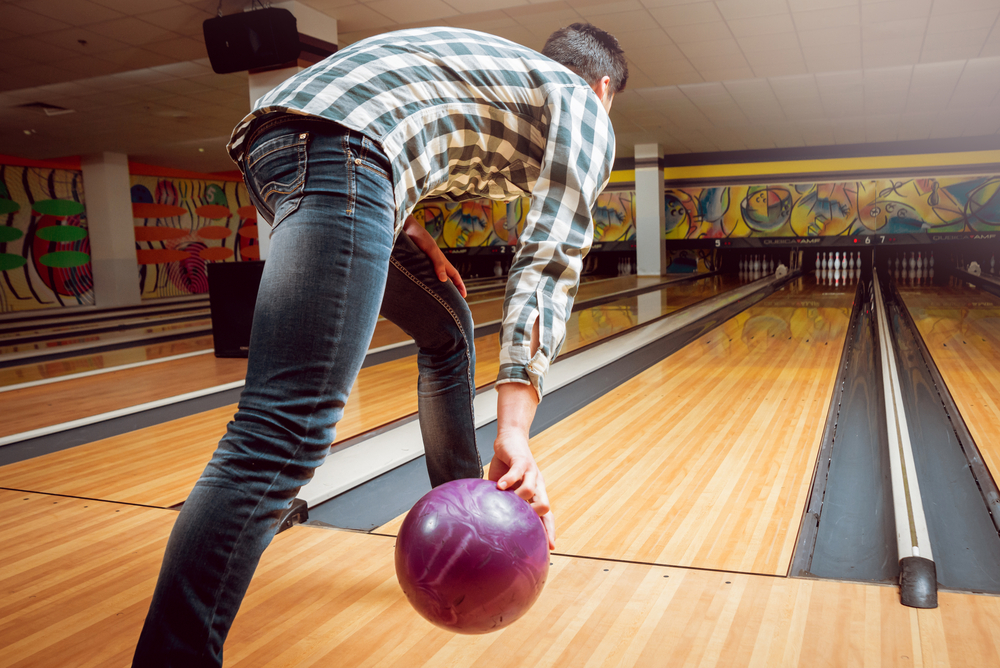
Related Articles
We hope that you found this article about Kegel Broadway version 1 and version 2 helpful and that you’ll use the information within to give you an edge the next time you’re out on the lanes!
Kira Byrd, a Certified Fraud Examiner, holds a B.S. in Accounting from the University of Alabama at Birmingham. With a passion for bowling from her childhood, Kira has poured her expertise and personal experiences into creating and nurturing Bowling For Beginners. Kira's mission is to meet new bowlers where they are and guide them toward consistently achieving higher scores. With a focus on skill development and strategic techniques, she empowers readers to take control of their game and unlock their true potential.
Bowling For Beginners embodies strict editorial integrity, ensuring reliable and unbiased information. Kira's commitment to delivering valuable insights and practical strategies is reflected in every article. Here's an explanation of our editorial policy and how we get money.

